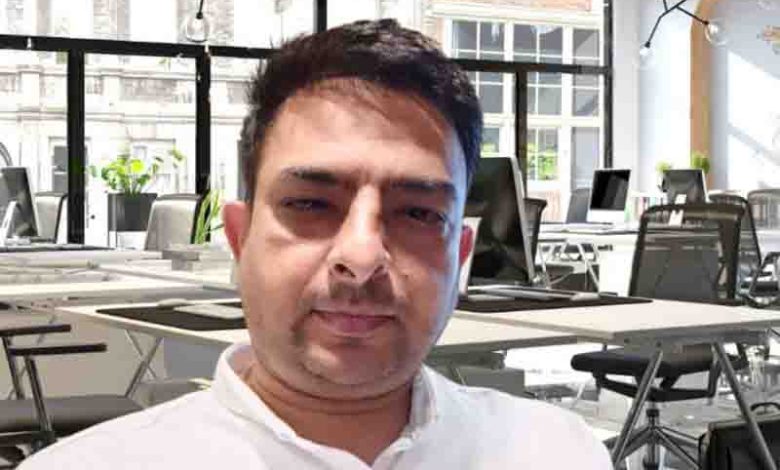Generative AI: Opening doors, not closing them

Punjab: In Amritsar and around the world, discussions of generative AI often raise fears that machines will take away jobs. Yet the real story is far more hopeful. Generative AI – computer programs that can create new text, images, code and more – is being used to boost creativity, efficiency and learning. Studies show that AI will replace old jobs as well as create new opportunities. For example, a recent World Economic Forum report estimated that 170 million new jobs will be created by 2030 (versus 92 million displaced), a net gain of 78 million. India alone could unlock about $621 billion in new economic value (about a fifth of GDP) using generative AI. Experts like Dr Parteek Bhatia, Associate Professor at Washington State University, US (former professor at the Thapar Institute in Patiala), insist that these new tools must be embraced. At a recent session in Amritsar, Dr. Bhatia explained how models like ChatGPT are first “trained on large datasets and fine-tuned” for tasks like diagnosing diseases or processing taxes.
Educating students about AI in Punjab – this local focus shows how India is preparing for this change. In India, a study by Bain & Company found more than 2.3 million AI-related job opportunities by 2027. The problem is: we will need more trained people to fill them. Globally, another analysis suggests that about 30 percent of today’s work hours could be automated by 2030 due to AI. But importantly, most projections consider generative AI to be a career enhancer, not a career destroyer. For example, McKinsey notes that AI will “enhance the way STEM, creative, and business professionals work, not eliminate a large number of jobs altogether”. In fact, AI expertise could be a ticket to higher pay: one study found that Indian professionals with AI skills could see their salaries increase by as much as 54 percent. One of the most powerful benefits of GenAI is learning and teaching. In Amritsar and beyond, teachers are already finding ways to use AI to help students.
For example, Dr. Bhatia and others are showing students how AI tools can answer questions, provide exercises, and even create study materials. Research in applied linguistics shows that, “Generative AI is reshaping many fields, including second language education through chatbots and tutors that help people practice English, Punjabi or other languages with immediate feedback. Imagine a young Punjabi student using an AI tutor to improve English grammar or write an essay – the technology can provide 24X7 guidance, adapted to the learner’s level. In schools and colleges, AI can also help teachers personalise lessons. In the local context, organisations such as DAV College in Amritsar are already holding workshops on AI for both teachers and students. These efforts underline that in the classroom, AI is a tool for creativity and not a threat. Teachers who adapt can provide more interactive, tailored learning experiences, reaching all types of learners. Healthcare is another area where generative AI holds great promise. AI chatbots and models are able to generate summaries of patient records, Can help doctors suggest diagnoses or even draft treatment plans.





